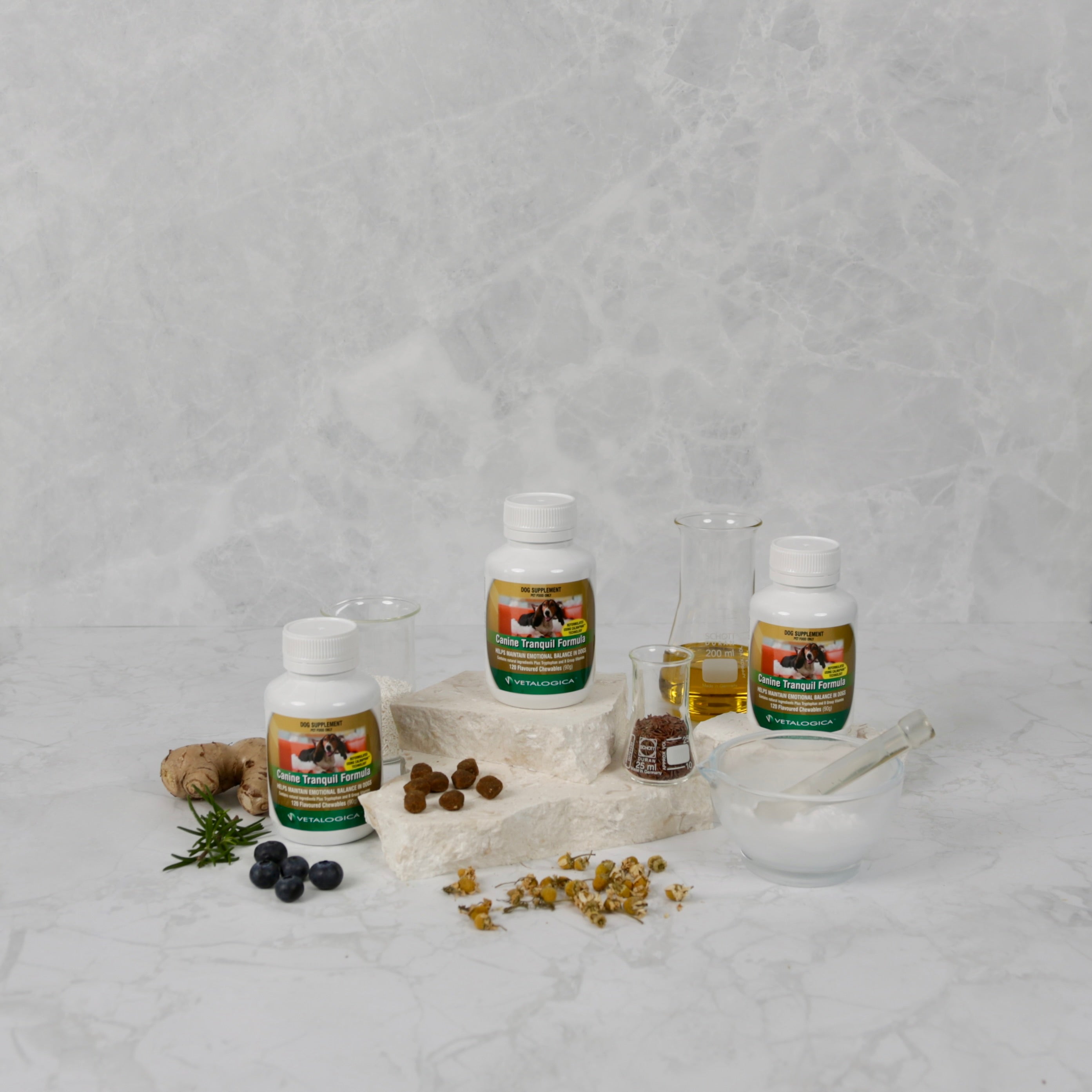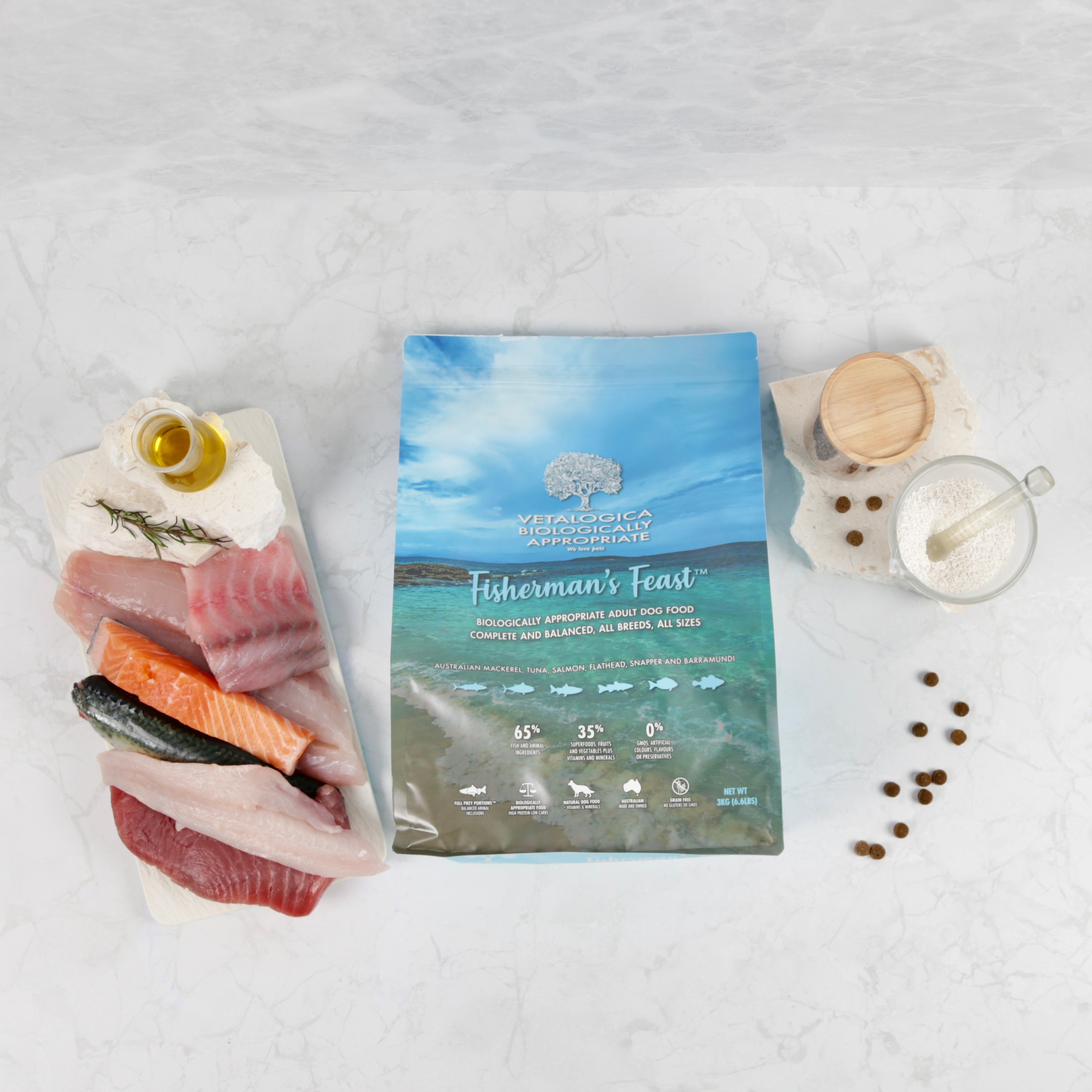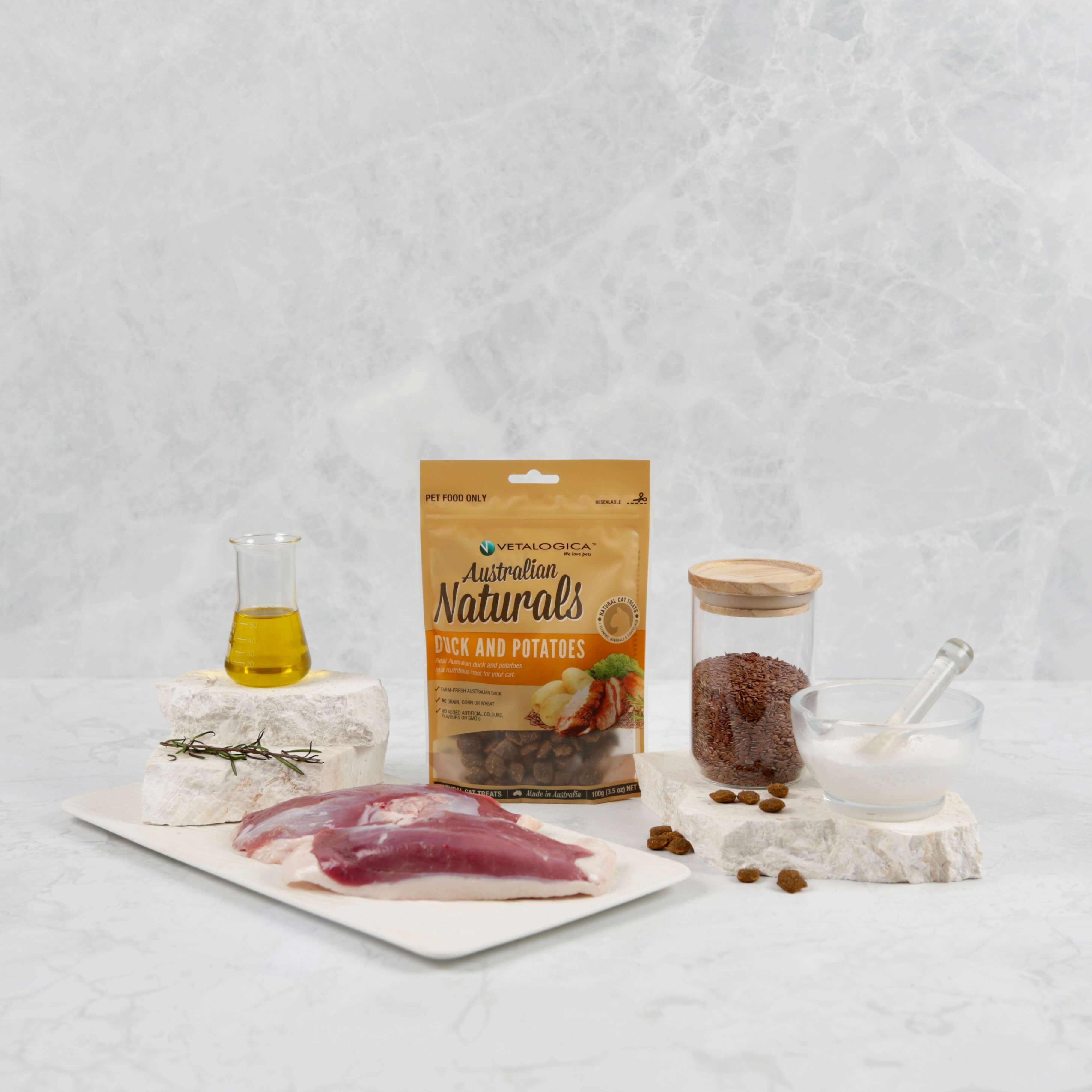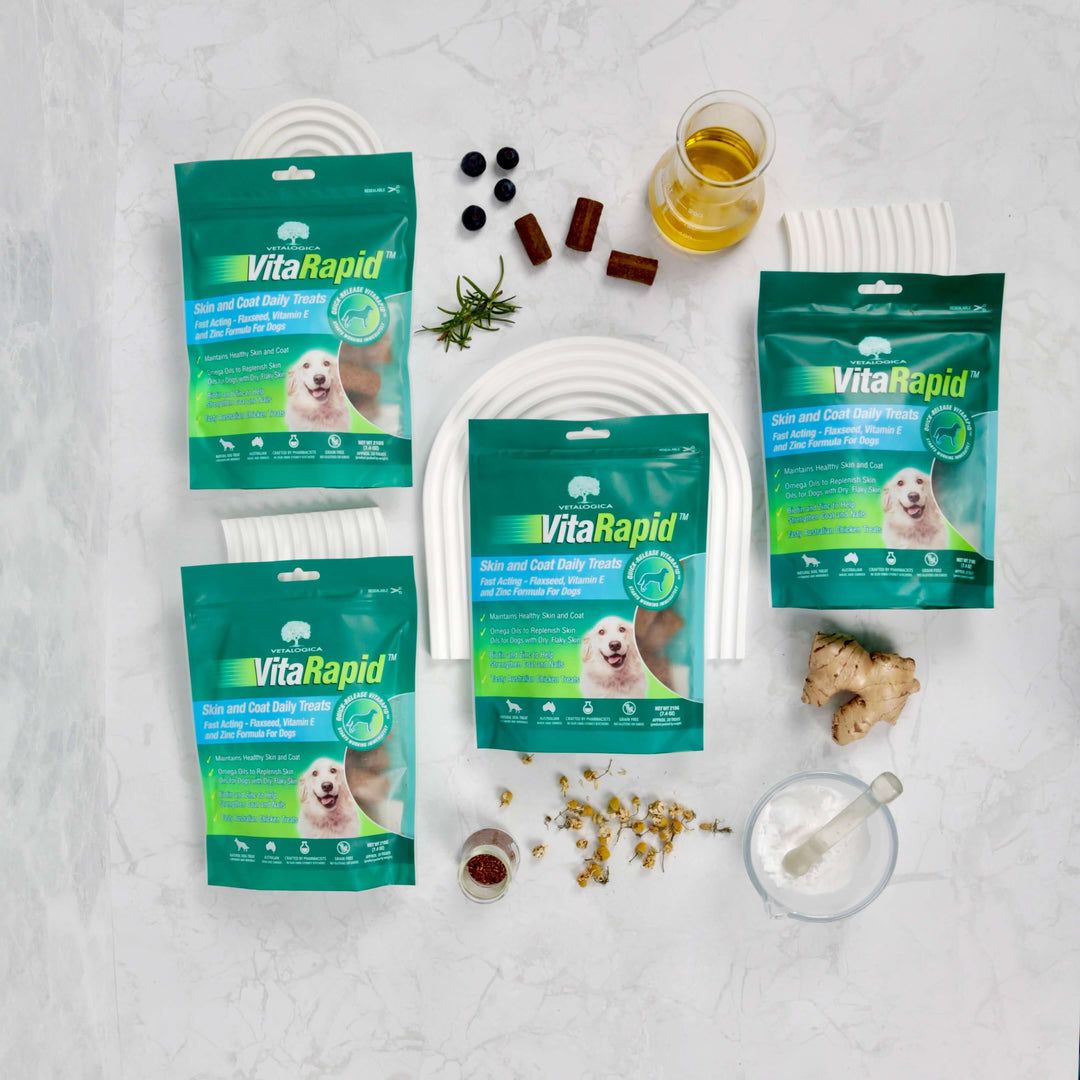Puppy feeding guide

Feeding Guide for Puppies
When you bring your first puppy home or decide to adopt another family member, it is highly important to take the utmost care of your puppy’s diet and balanced feeding routine from the early days. Puppies have very different nutritional requirements than mature dogs and should not be fed adult dog food. Puppy food should be high in calories and other nutrients to help support your puppy's rapid growth and should also contain high amounts of calcium to promote strong and healthy bones.
Getting a puppy is an exciting occasion, but it is no simple task. All puppies experience rapid growth in their first six months. Toy breeds can reach maturity by 12 months and many smaller breeds will reach maturity shortly after 12 months. Larger breeds can take as long as 2 years to mature. It is important to feed your puppy high calorific, high protein and high calcium dog food while they are maturing but it is equally important to ween them to adult dog food once they reach maturity to avoid obesity problems with your K9 friend.
How Much and How Often to Feed Your Puppy
The table below is intended as a guide only and we recommend you consult your vet who will be able to give you advice that is specific to your breed of dog.
|
Total Daily Recommendations |
|||
|
Puppy Weight |
Up to 4 months |
4-10 months |
10-12 months |
|
kg |
Cups |
Cups |
Cups |
|
1-5kg |
100-190g (⅘ - 1 ½ cups) |
66-120g (½ - 1 cup) |
52-96g (⅖ - ⅘ cups) |
|
5-10kg |
190-360g (1 ½ - 2 ⅘ cups) |
120-240g (1 - 2 cups) |
96-192g (⅘ - 1 ½ cups) |
|
10-20kg |
360-600g (2 ⅘ - 4 ⅘ cups) |
240-400g (2 - 3 ⅕ cups) |
190-320g (1 ½ - 2 ½ cups) |
|
20-35kg |
600-850g (4 ⅘ - 6 ⅘ cups) |
400-560g (3 ⅕ - 4 ½ cups) |
320-448g (2 ½ - 3 ½ cups) |
* During the first three months your puppy should be weaned off breast milk and it is best to combine puppy food with milk replacers to make a gruel to help your puppy become accustomed to eating solids.
The recommendations shown above are total daily amounts. Ideally, young puppies should be fed four times a day. After your puppy is 4 to 5 months old it is ok to feed them three times a day and as they approach 12 months of age it is ok to feed them just twice a day. When calculating how much to feed your puppy in each sitting divide the total amount shown in the chart above by the number of times you are feeding your puppy each day.
-------------------------------
While there is no right time to feed your puppy it is a good idea to spread your feedings evenly throughout the day. Once you establish a feeding schedule try to stay consistent and feed your puppy at the same times each day.
A simple schedule that is easy to follow is to feed your puppy before each of your meals (assuming you eat breakfast, lunch and dinner each day). Consistency in feeding times is the most important factor for your puppy. Be sure that the final meal of the day is a few hours prior to your pooch's bedtime to ensure they have enough time to digest their meal before sleeping. This can also help avoid 'little accidents' inside...regular feeding times ensures regular pooping times which will help you toilet train your puppy.
What Food Is Best For Your Puppy?
While there is a wide range of choices available we believe that we have researched the best formulas, sourced the best ingredients and made the best puppy food available for your new family member.
Vetalogica offers two different choices for your puppy. Both were developed by pharmacists who are passionate about creating pet food to keep your dog in optimal health throughout their lives.
- Vetalogica Naturals Grain Free Chicken Puppy Food has hormone-free fresh Australian chicken as the primary ingredient. To help support digestion, muscle growth and metabolism Vetalogica adds high-quality proteins, antioxidant-rich fruits and vegetables and healthy oils...and that is ALL we add. There are no GMOs, no grain, wheat, rice, corn, glutens or soy and absolutely no artificial colours, flavours or preservatives.
- Vetalogica Biologically Appropriate Puppy Food is a tender balance of ingredients from Australia’s fertile farms including hormone-free chicken and duck which is sourced from the Hunter Valley and Regional NSW. It is biologically appropriate for puppies and contains 65% of meat and animal ingredients (high-protein, low carbohydrate).
Let’s look a little closer at the options available for your puppy:
- Dry and Wet puppy food. Wet puppy food formula is an option to start a transition for your puppy. It is easy to chew for puppies as they tend to have a soft teeth structure when 6-8 weeks old. On the other hand, dry food for puppies can be better due to strengthening the teeth and gums. After several weeks pass, it is safe to transfer to dry food only, even though you might want to keep wet food anyway - as a delicious treat.
- Grain-free foods. Both grain and wheat are nutritious and healthy options for humans but not necessarily suitable for puppies to eat. However, just like humans do, dogs can have allergies or intolerances towards grains, so grain-free puppy food is a great alternative if this is the case for your pet.
- Large-breed puppies: generally, these puppies need slow and sustainable growth to prevent orthopedic problems that might appear. It is a great choice to create a diet for large-breed pups that don’t overemphasise protein, calorie, and fat levels.
- Small-breed puppies: need a low-calorie diet as they have a lower energy level and, consequently, need less nutrition throughout the day. Mainly, you should adjust portion size according to your dog’s body complexion as a breed can be chunky or slim by nature.
Things to consider:
- After you decide what kind of food you’re going to give to your puppy, make sure to set a daily feeding schedule, so they start learning from early on about set meal times instead of running around you all day, asking for more. This also helps establish discipline and develop a sense of timing while supporting behavioural development.
- Keeping an active lifestyle is very important for the puppy from the early stages of life. While dogs, just like humans, can have different characters and preferences, doing some daily exercising or running around the park is vital for muscle development and healthy bone structure. This will help your dog with sleep regulation throughout the night and have a sleeping schedule aligned with the rest of the family.
- No matter what kind of food you choose to feed your puppy, ensure to follow daily recommended calorie intake and not exceed the required nutrition levels. Staying consistent is an essential step during this growth cycle as puppies are prone to get overweight quickly without proper nutrition-exercise balance. To help you navigate how much to feed your puppy, visit a veterinarian or refer to our chart below.
- No matter how cute your puppy is, you should learn how to resist instead and remember to avoid puppy feeding from the table. Don’t cave in and don’t feed human food from the table despite all the begging. Not only some human food can be toxic for the sensitive stomach of the puppy, but you’re encouraging undesirable behaviours, which will be hard to change later on.
- It is highly recommended to purchase a puppy-size meal bowl to limit the amount of food given with each meal. While measuring the food in cups is a good idea as well, a smaller bowl will keep you accountable to follow with the set portion size without overfeeding the puppy.
Switching from puppy food to adult dog food
It is suggested to start transferring your puppy to adult dog food around 6-8 months old since they begin their growth into maturity. However, switching from puppy food depends on your puppy breed and size. Small and medium dog breeds tend to mature around general 6-12 months, while large breeds mature around 12 to 18 months as they need more time for steady growth and development, taking a little longer.
|
Total Daily Recommendations |
|||
|
Puppy Weight |
Up to 4 months |
4-10 months |
10-12 months |
|
kg |
Cups |
Cups |
Cups |
|
1-5kg |
100-190g (⅘ - 1 ½ cups) |
66-120g (½ - 1 cup) |
52-96g (⅖ - ⅘ cups) |
|
5-10kg |
190-360g (1 ½ - 2 ⅘ cups) |
120-240g (1 - 2 cups) |
96-192g (⅘ - 1 ½ cups) |
|
10-20kg |
360-600g (2 ⅘ - 4 ⅘ cups) |
240-400g (2 - 3 ⅕ cups) |
190-320g (1 ½ - 2 ½ cups) |
|
20-35kg |
600-850g (4 ⅘ - 6 ⅘ cups) |
400-560g (3 ⅕ - 4 ½ cups) |
320-448g (2 ½ - 3 ½ cups) |
While your puppy is still young, keep a close eye on what type and kind of food they like, what flavours they prefer and what allergies they have, if any. These will be useful when the transition into an adult dog starts as you can keep the same flavours as before. Follow the chart above to understand when you should start moving your dog into adult food. We suggest that over the course of a few weeks you gradually increase the proportion of adult feed mixed in with puppy food to adjust the puppy’s taste and ensure there will be no problems.
Puppies can be hard to raise, but remember that you’re raising a dog, a guardian and a friend. By referencing and following our puppy feeding guide above, you can help your pup to live a happy and healthy life with you.











Leave a comment